Learn How to Recognize Tree Problems Before They
Damage Your Home
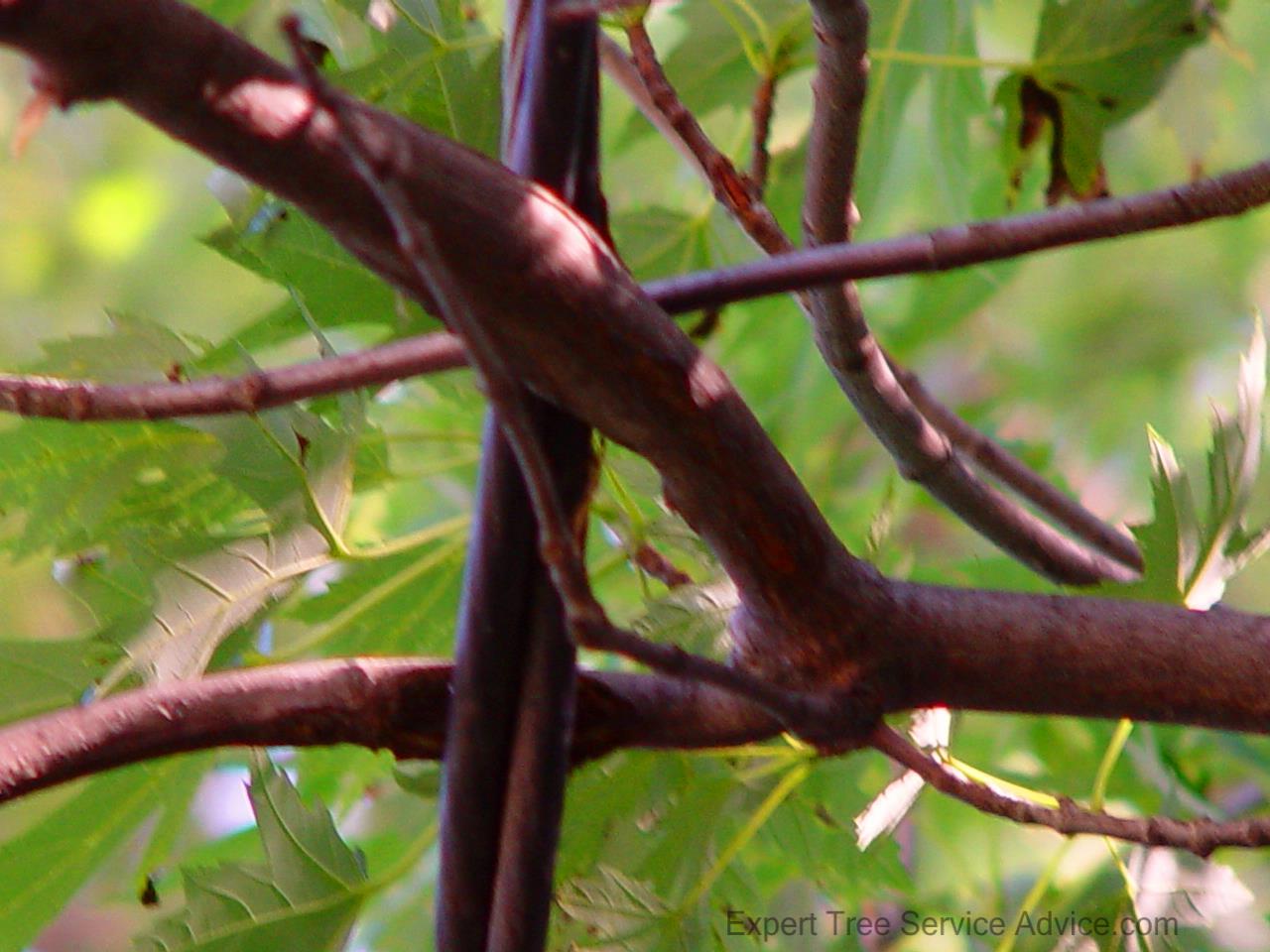
Tree Problems are very common and can cost you thousands of dollars if you don't recognize them in time and correct them.
There are five main areas of tree problems that you can learn to recognize and solve.
Many tree service workers are focused on how to convince you to spend money with them as fast as possible, then move on to the next person.
This is a sign of unprofissionalism and lack of truly serving the client.
The good tree service providers will spend more time giving you good advice and solutions.
The best are those who can take the time necessary to fully evaluate your whole property and all of your valuable trees to identify problems in the trees, as well as problems that your tree can cause to your home and property.
Lets Learn the Five Most Costly Tree Problems
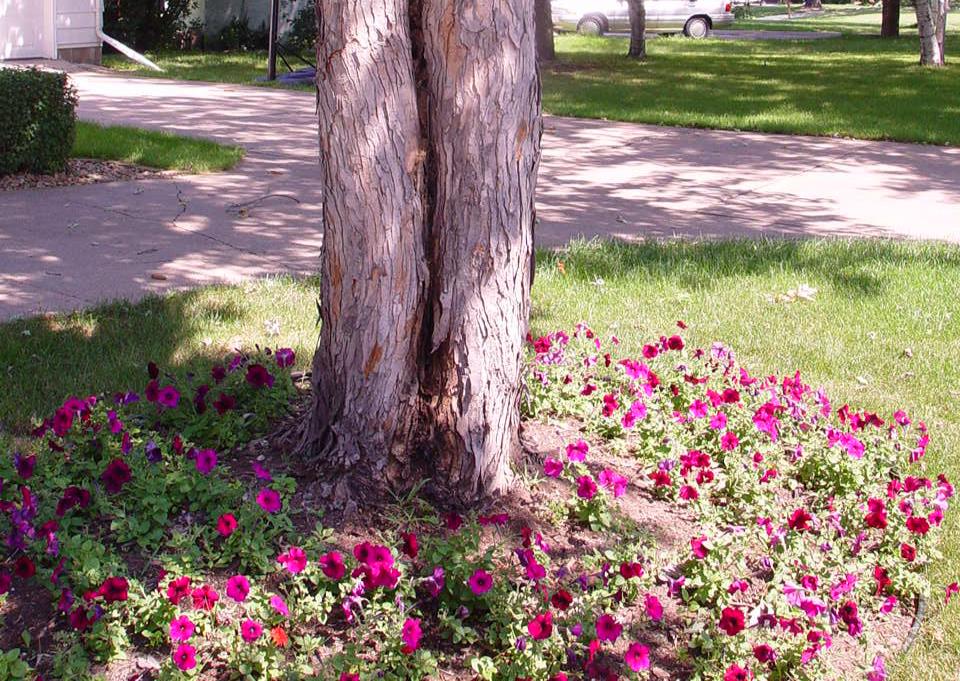
First: The most destructive and costly problem a tree can have is lower structural defects.
This structural problem can be major root decay or trunk decay.
The defect could be located where the trunk divides in two or a weakly attached large limb.
The concern here is that the whole tree (or large portion) could fall over on your house, car or person.
This would be the most damaging tree problem.
SOLUTION: Promptly remove the tree. Trees have a useful lifespan, these defects are the indicators of a dieing tree.
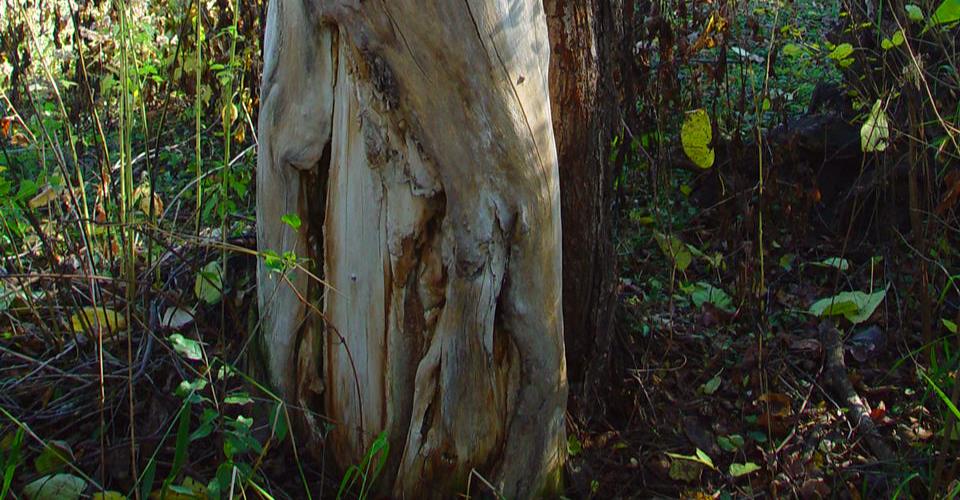
The second biggest problem with trees may be a tree growing too close to the foundation of a home.
The roots can grow into small cracks of the cement blocks and open them up causing costly water damage and foundation repair.
The trunks can also expand and push the foundation in, causing damage.
Tree roots and trucks can also damage the sidewalks, driveways, and garage floors if they are allowed to grow too close to the home.
SOLUTION: Remove the tree. Especially be careful to remove volunteer trees while small. Purposefully plan trees the correct distance from your home.
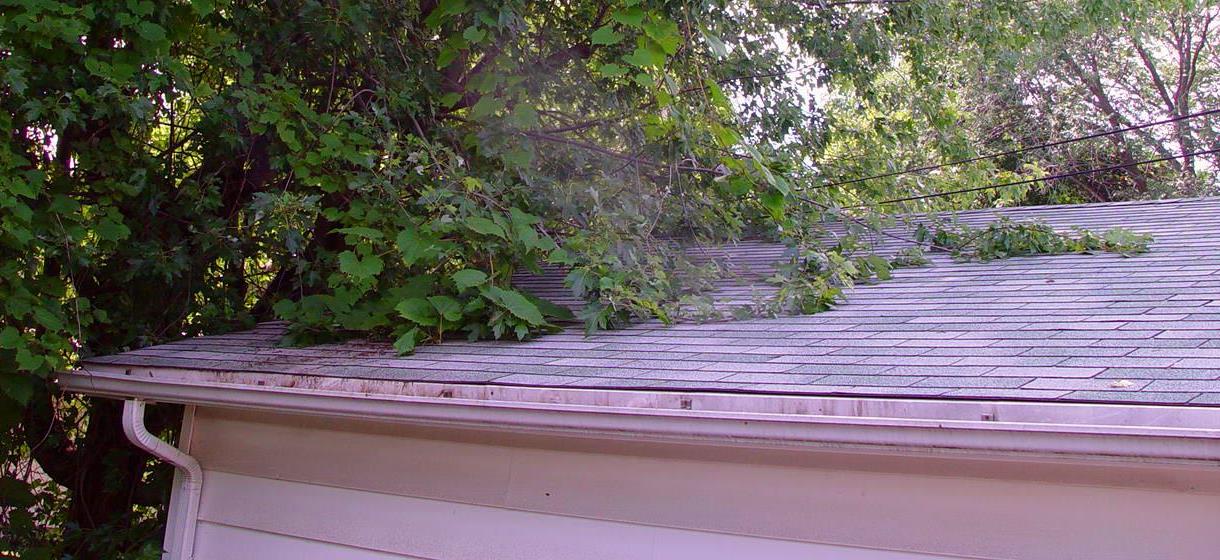
The third and fourth common problems that causes damage is improper tree care. This comes in two areas: tree neglect and incorrect trimming.
Tree Neglect begins while the tree is small. Some trees need more early trimming than others species.
All trees need some training to promote the best structure so when they are mature they will live long and be safe.
One of the most common signs of neglect is tree branches rubbing on the house roof, siding, or power lines. (see first image above)
Many insurance companies send letters to homeowners threatening to cancel the home insurance coverage if the trees are not trimmed away.
SOLUTION: Consistent tree maintenance.
The best strategy to make sure that proper care is sustained is to hire a tree service provider to inspect your trees every year or two.
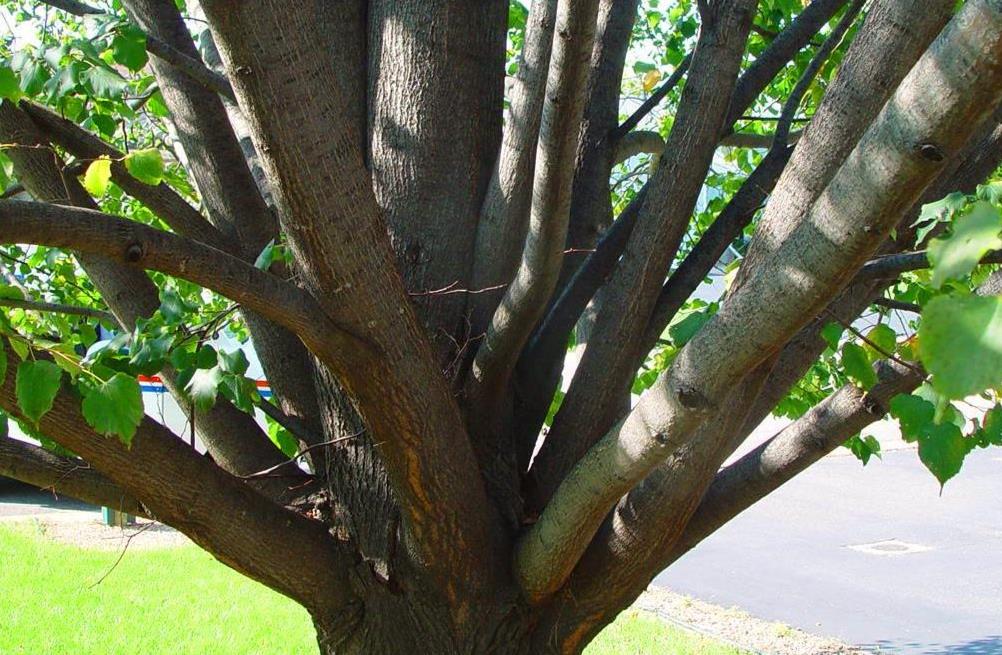
Incorrect Trimming: It is very common for those in the tree service industry to be untrained or improperly trained in the various methods and science behind proper tree trimming.
Some of the most dangerous practices of tree trimming have been forbidden for over 40 years, and yet it is easy to drive through a neighborhood and see the many signs of these bad practices.
Even some of the most prestigious tree companies with great training programs fall short if they are a new employee or when the skilled tree trimmer feels rushed or is tired.
The worst and most dangerous trimming practice is called "topping the tree".
The perceived (or desired) goal is to make the tree safer by reducing its height.
The real consequence is a very very dangerous tree. Topped trees grow back to the same height in 5 to 10 years, but with a hidden problem; a rotten hollow center!
This rotten area is where the tree was cut, and the new branches grow back from. The rotten wood is weak and can much more easily break, causing a huge branch to fall.
So in the end you will have paid to have your worst fear to happen. More incorrect trimming practices discussed here.
SOLUTION:Never Top Trees. Use the best criteria to decide who to hire, price should take a back seat to professionalism here.
Fifth Problem. Choose the right tree and plant it in the right spot. This is the most important, most intelligent way to avoid the most problems and costs associated with trees.
Every tree has its strengths and weaknesses, and every person has their own preferences. This gives you the opportunity to evaluate both your preferences and the trees strengths to create the best tree investment possible.
We will cover tree selection and homeowner preferences here.
SOLUTION: Take your time and do your homework. Double check your information and get the right tree for the right spot the first time.
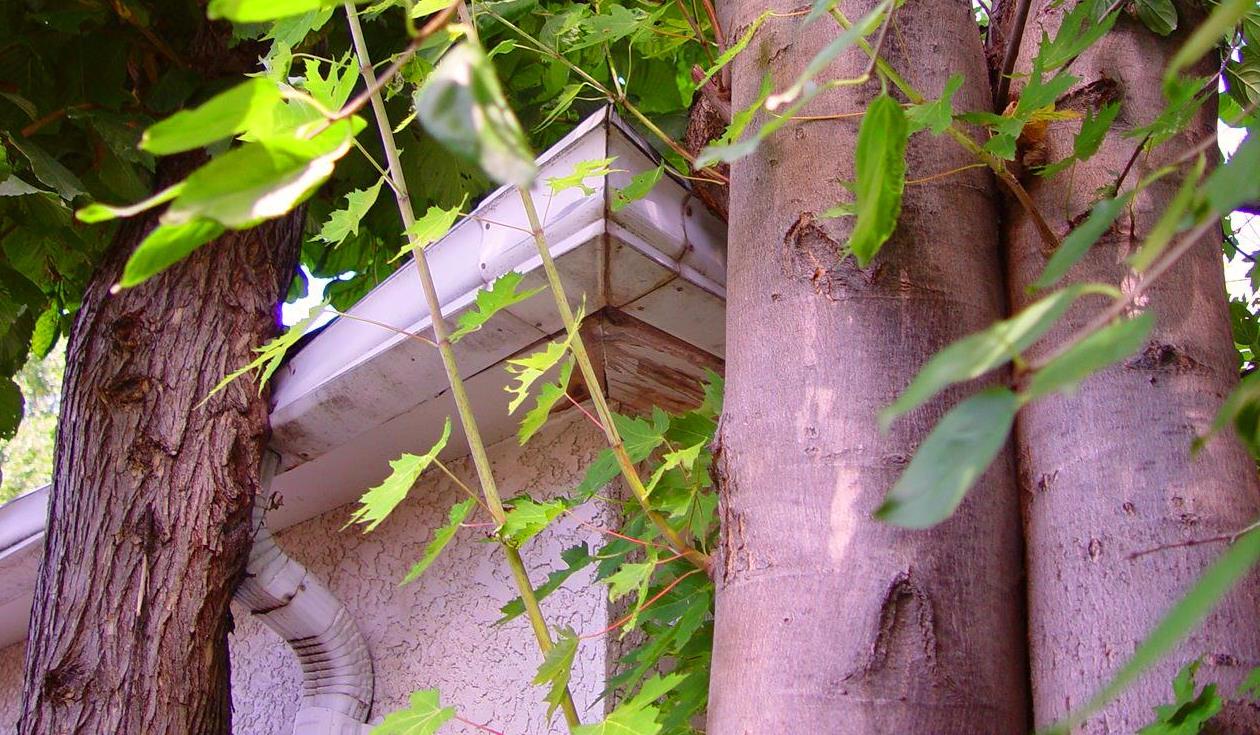
Conclusion: The best way to avoid costly tree problems is to get ongoing professional tree assessments and expert advice, then to act promptly on the most risky problems.
It is easy to understand most tree problems, but it may be much more difficult to follow trough on removing a hazardous tree that perfectly shades your deck.
While it may take some time to emotionally part ways with a favorite tree, don't wait until you wake up one morning and find it in your living room!
Call now 651-240-1776